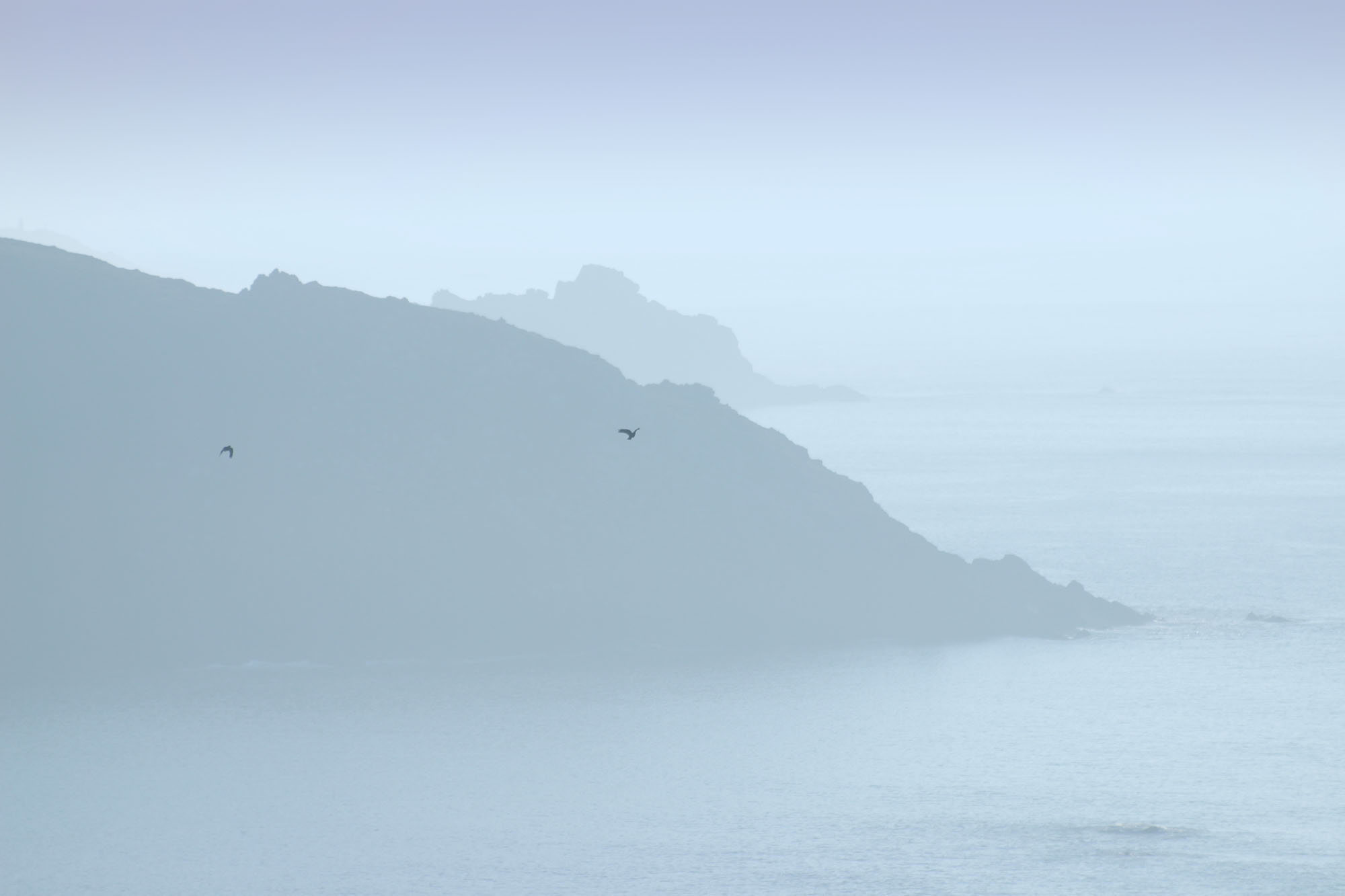The timeline below gives an outline of the project so far. A timeline of the wild choughs in Cornwall can be found here.
Timeline
- 1976 – The first choughs were established in aviaries at Paradise Park.
- 1979 – The first successful fledging of a chough chick. In the following years several chicks were parent, or hand-reared, although results were often patchy in the early years, young have been produced every year since 2003.
- 1987 – Operation Chough was officially launched by Robin Hanbury-Tenison on August 4th and Richard Meyer begins his study.
- 1991 – Richard Meyer publishes Ph D research “The feeding ecology of the red-billed chough in west Wales, and the feasibility of re-establishment in Cornwall”. The conclusion marked several areas where habitat was suitable for choughs.
- 2000 – DNA sampling at Truro Museum was carried out for genetic testing at Cardiff University.
- 2003 – Operation Chough carries out the first trial release of captive-bred choughs at Zennor. Six birds were released, with two surviving until late November, at Trevean, near Zennor until one of the pair was shot dead by a man living locally.
- 2004 – Successful rearing of three chicks at Zennor aviary (with thanks to Paul Carter), marking the start of a new approach to feeding during the breeding season. New method results in many birds being bred at Paradise Park potentially for release projects.
- 2005 – Nestboxes redesigned to incorporate new colour cameras, allowing much greater potential for monitoring chicks in the nest.
- 2008 – First live webcam broadcast direct from nest at Paradise Park.
- 2009 – The captive population at Paradise Park is now 22 birds. Meanwhile the wild population of choughs in Cornwall is estimated at 20-22 birds, including the three founders and their offspring.
- 2010 – First meeting of interested parties from Durrell Wildlife Conservation Trust at Paradise Park leading to a partnership with the aim of breeding and releasing choughs on Jersey. Four choughs go to Jersey to form first breeding pairs.
- 2011 – Six young choughs fledged this year are sent to Durrell. These birds may form part of the first cohort to be released on the island in the near future.
- 2012 – Publication of research papers. “A pilot release of captive-bred red-billed choughs into Cornwall, UK (IUCN Global Re-introduction Perspectives 2011), ” Captive Husbandry and Socialization of the Red-Billed Chough Pyrrhocorax pyrrhocorax ” (Zoo Biology Dec 2012), “Red-billed chough captive management and husbandry manual” (Operation Chough 2011).
- 2013 – Four more choughs go to Durrell Wildlife Conservation Trust to join the breeding and release project. First release on Jersey takes place in August.
- 2014 – A more intensive method is adopted at Paradise Park during the breeding season. This results in eight chough chicks being reared by their parents. Six of these birds are sent to Jersey as soon as they have fledged. These birds join the flock in the release program.
- 2015 – Eleven chicks are parent-reared at the Park, and eight of these birds join the release group on Jersey. The first wild chick is fledged on Jersey, both parents being birds from Paradise Park. This is the first wild Red-billed Chough to be hatched on Jersey for almost a century, and marks a significant step in the re-establishment of the species in the Channel Islands.
- 2015 – Initial meeting of interested parties at Paradise Park to discuss the formation of a project to re-establish the chough in Kent.
- 2016 – Follow-up meeting at Wildwood Trust. Two choughs are sent on loan from Paradise Park to Wildwood as a breeding pair.
- 2017 – First chough chicks in Kent for over 150 years, as the pair at Wildwood successfully breed.
- 2019 – Meeting at Dover Castle to further cement partnership and form strategies for releases.
- 2021 – Aviary opened at Dover Castle to raise public awareness of the potential releases. This is a display aviary, not directly part of the release project.


